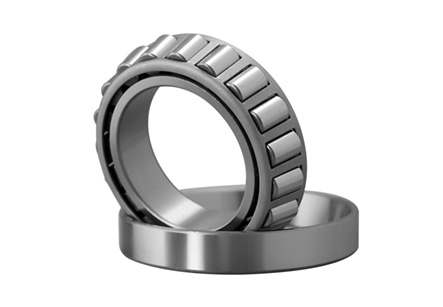Summary:Introduction To Rolling BearingsA rolling bearing, also called a scissor-arm or a roller bearing, is a non-tangwise-bear...
Introduction To Rolling Bearings
A rolling bearing, also called a scissor-arm or a roller bearing, is a non-tangwise-bearing roller that carries a load via contact rolling components between two roller rings called rolling elements. Rolling elements are placed between two adjoining bearing surfaces by means of a cam mechanism. The relative movement of the rolling elements causes the rolling parts to roll without much rolling friction and also with less slipping. Unlike a cam, a scissor-arm bearing experiences much less rolling resistance and much more slipping. The rolling elements of a scissor-arm bearing are designed to slide along a longer length of shaft than a cam-type bearing.
Many types of rolling bearings have been developed and are used in a variety of industries such as shipping, automotive, marine, construction and industrial machinery. Most rolling bearings are precision machined finished and must be assembled using only minimal tools. As the equipment used in assembly lines is usually very complex, most manufacturers prefer to outsource the assembly of the equipment to another company. This assembly process reduces costs and minimizes disruption of business. In some cases, the OEM may have direct control over the assembly of its products and this provides them with a competitive advantage.
Generally, a rolling bearing assembly consists of a number of balls attached to a common base with counter threads on each side. The balls are usually made from either silicon carbide or graphite. High quality bearing balls can resist high temperatures better than low quality balls and are commonly coated with epoxy or polyimide. The thickness of the coating is dependent upon several factors including the manufacturing process and the type of balls. Low quality silicone carbide and graphite balls fail to adhere to the surface properly and can easily degrade after a short period of time.
While heat and abrasive wear typically cause friction in a rolling bearing assembly, there are other causes of damage that can accelerate degrading balls. Debris from the machinery that creates the bearing can often cause damage as well. In addition, grinding or drilling can also cause abrasive wear and reduce the life span of bearings. Additionally, chemical reactions during processing can create abrasive wear, such as lubrication, or can cause the bearing material to chemically bond with the grinding stone.
There are two basic types of rollers found in bearings. One type features a shaft with a single rollers on both sides and has a single face on one side of the shaft and a different face on the other side. A second type of roller configuration has a single axial load that rolls on both sides and has a single face on one side of the shaft and a different face on the opposite side. In general, axial load rollers provide greater radial load resistance and increase the overall length of the bearing.
The performance of a rolling bearing product is affected by several factors. For example, the center of mass, or CCM, of the system will affect the amount of dynamic force that the gear motor can exert before it begins to depreciate. The length of the gear teeth on either side of the bearing will also affect the amount of mechanical energy that can be generated. However, the most important factor will always be the axial load capacity of the equipment. The higher the axial load capacity, or axle-to-axle weight ratio, the stronger the bearing will be at maintaining the right amount of angular momentum.



